By Dr. Keith A. Briggs – Tue Feb 19, 2008
Saugus – I often have patients that present with what is described as pain in their hip, however, most of the time it is due to a sacroiliac (SI) joint dysfunction.
The SI joints are found at the base of the spine approximately three fingers widths to the left and right of the midline where the sacrum (the upside down triangle at the base of your spine that extends to your coccyx often referred to as your tail bone) and the illum form a joint. The SI joints are synovial and are subjected to mechanical, inflammatory and infectious conditions common to all synovial joints. In addition, SI disorders may mimic other well known causes of lower back pain or they may co-exist with other conditions.
It is common to see a patient with SI dysfunction who also has a low back disorder or a hip problem due to the anatomical proximity and compensatory movement patterns of the region.
In acute presentations, the mechanism of injury can include falling on the buttocks or hip or slipping while pushing a heavy object. Other causes, which may develop over time, are activities that place a load on the pelvis asymmetrically, such as shifting your weight to one side while standing (seen often with hair stylists and other positions where individuals stand for prolonged periods of time) or wear a heavy belt (police officers, carpenters, laborers). Contributing factors also include leg length inequality, dropped arches, ankle, knee and hip problems.
Pain may be localized at the joint but may also be associated with referred pain to the buttock, low back, groin, hip, and leg. If there is an injury or fall the pain will be more acute, however, if it is chronic the pain is often dull. The pain is usually aggravated with changing position from sitting to standing and bending combined with twisting. Pain relief can be obtained by lying down or walking for short distances.
Effective treatment of SI dysfunction includes manipulation or mobilization of the joint to restore the normal biomechanical integrity of the structure as well as stretching tight muscles and strengthening weak ones.
Causative factors must also be addressed to prevent reoccurrence. On rare instances the joint may have too much mobility and stabilizing the joint through the use of a temporary support and exercise to strengthen the hip muscles, gluteal muscles, abdominals and latissimus dorsi are indicated.
For questions, contact Dr. Keith A. Briggs of Briggs Chiropractic & Physical Therapy Office, P.C., 320 Central St. Saugus, MA at 781-233-4122.
Wicked Local Saugus Column – Not exactly hip pain
